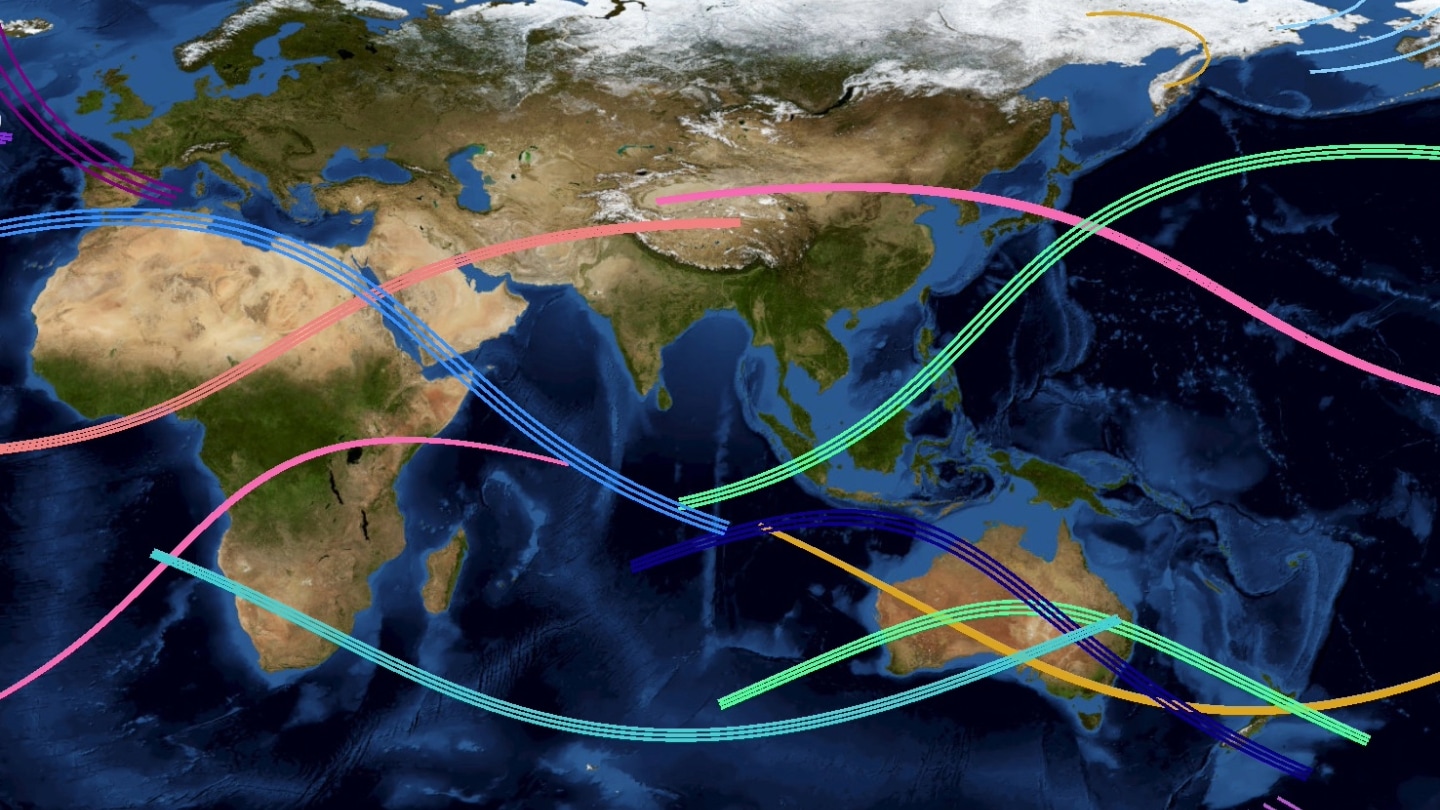Discover a map of the upcoming 15 total solar eclipses

Contemplating the upcoming solar eclipse is always an exciting prospect.
On April 8, the shadow cast by the moon will traverse North America, causing a total solar eclipse to be visible to over 30 million inhabitants. Even while the shadow remains in eastern Canada, preparations will commence for the following total eclipse - and the ones that will follow that.
This is due to the fact that eclipses are the result of an underlying order which governs the motion of the Earth and moon. Consequently, the patterns that lead to all types of eclipses, including total solar ones, are predictable over extremely long periods.
The predictability of these events has made it possible to develop an interactive map of future solar eclipses. Science News utilized data from NASA's "Five millennium canon of solar eclipses" database to create this map, which chronicles every solar eclipse from 2000 B.C. to A.D. 3000.
This timescale encapsulates approximately 12,000 solar eclipses, with around 3,200 being total eclipses. To prevent overwhelming the viewer, only the paths of the upcoming 15 total solar eclipses from 2024 to 2044 have been depicted.
On the map, three lines are used to mark the path for the majority of the eclipses. These lines represent the northernmost and southernmost extremities of the total eclipse viewing area, as well as the central line of this band. The duration of totality is extended along this central line compared to the edges. On either side of each outer band, a wide area will be able to witness a partial eclipse.
By clicking on a path, information about that eclipse becomes available, such as the date, the time of maximal eclipse duration (expressed in Universal Time), the length of the maximal eclipse, and the width of the eclipse's path. Additionally, by typing a city, landmark, or address into the search bar will allow you to zoom in, and find out if any eclipses will happen near your favourite locations.
For the current year's eclipse, clicking any of the white flags along the path will provide the exact time and duration of totality at that location.
The April 9, 2043 eclipse passing through eastern Siberia is somewhat atypical. Only one line - that of the southernmost extent of totality - is visible on the map, as the central line does not intersect with the Earth's surface. The central line and northern half of the shadow will not come into contact with the Earth, instead being projected out into space in what is known as a "noncentral eclipse."
Eclipse enthusiasts with the ambition to witness every potential variety of eclipse might want to consider making plans for this event. The next noncentral total eclipse will not take place until 2459.




